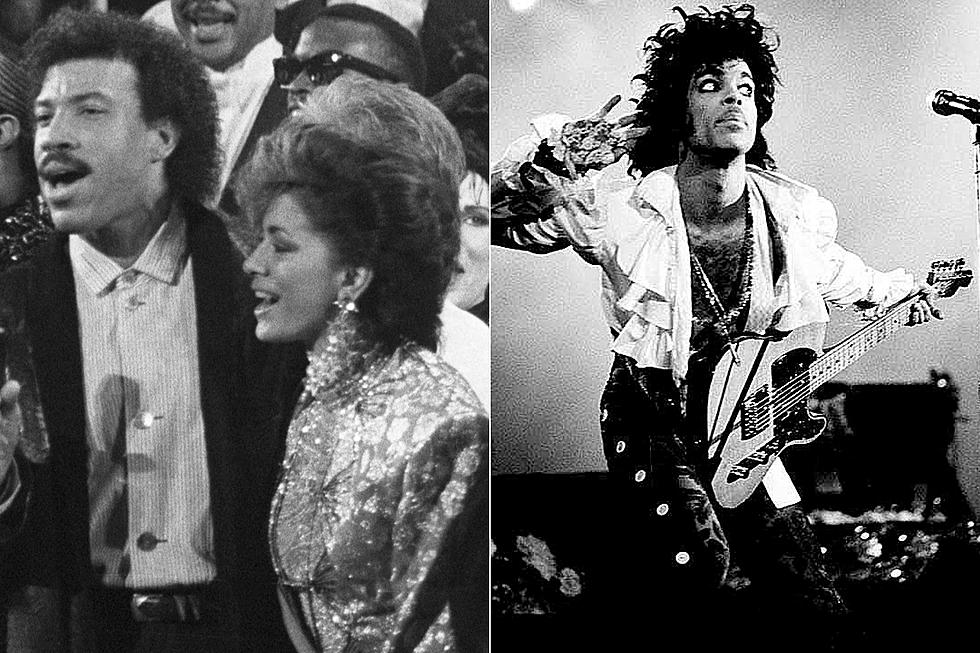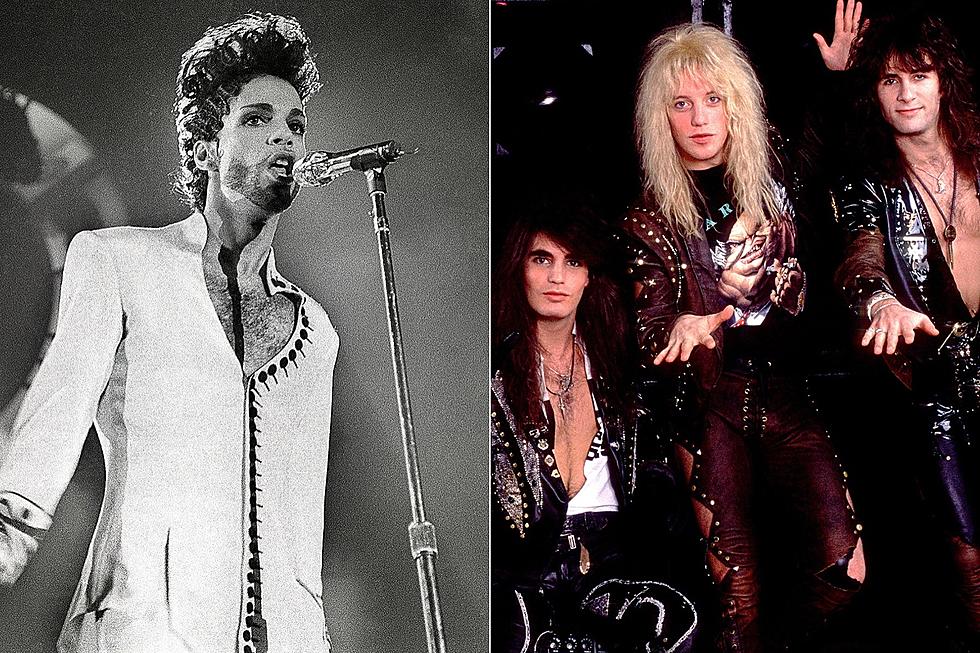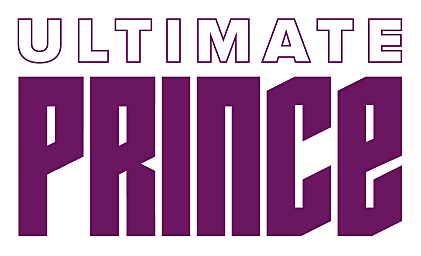
When Prince Dug Deep on the Unjustly Overlooked ‘Graffiti Bridge’ LP
History tells us that Prince only began searching through his legendary vault in the mid-'90s as a way to satisfy his obligation to Warner Bros. But he actually opened it for the Graffiti Bridge album, several years before contract-fulfilling projects like Chaos and Disorder.
Released on Aug. 21, 1990, Graffiti Bridge features 10 songs fronted by Prince, along with three performed by the Time, an introductory turn by then-13-year-old Tevin Campbell, and guest appearances by Prince's Paisley Park label mates George Clinton and Mavis Staples. But all of these songs are really Prince creations – and at least one of them dates all the way back to sessions for 1981's Controversy. Only a few were newly recorded, including Campbell's "Round and Round," "New Power Generation" and "Thieves in the Temple."
Prince had never issued an album with credited guests artists before. In reality, however, Graffiti Bridge represented a do-everything aesthetic that was all too familiar to the newly reunited Time, who'd broken up in the wake of 1984's Purple Rain under the strain of Prince's control-freak ways. The same approach governed a tandem movie project of the same name, which was set to premiere a few weeks later.
Meant to serve as a kind of sequel to Purple Rain, the film was an unmitigated flop, marking the end of Prince's cinematic career. This soundtrack fared far better creatively and commercially – Graffiti Bridge went gold in the U.S. while becoming Prince's third-consecutive U.K. chart topper – but ultimately it couldn't escape the bad press and the bad vibes surrounding the movie.
The songs, many of them quite good, deserved a better vehicle. Prince was already showing an affinity for sorting through mountains of legacy material to find songs that spoke to a new era. "It's not about hits," Prince told Rolling Stone in 1990. "I knew how to make hits by my second album."
Watch Prince Perform 'Thieves in the Temple'
The album-opening "Can't Stop This Feeling I Got," from 1982, wasn't quite that old. Prince later updated it during mid-1986 sessions for the shelved Dream Factory album, before completing the song in 1989 for use on this project. Recorded in the summer 1986, "Joy In Repetition" was slotted for the unreleased Crystal Ball album at one point. "Elephants & Flowers" was set for inclusion in the original track listing for Rave Un2 the Joy Fantastic, before Prince radically reworked that album.
"The Question of U" was begun in 1985 during sessions for Parade, with a few small updates made in late 1987. In the subsequent Graffiti Bridge film, it's quite clear that Prince is directing his query to God. Without that context, however, he could just as easily have been singing about a lover – and that echoed more modern Prince themes on 1988's Lovesexy.
"Everything tended to have a duality about it," former Prince guitarist Kat Dyson later told Erica Thompson. "Even a love song still had a duality. I don't think he ever wrote from one particular place in his mind."
"Tick Tick Bang" was the earliest vault item, from 1981. Prince reportedly added a sample of Mitch Mitchell drums from Jimi Hendrix's "Little Miss Lover" to complete things. "Still Would Stand All Time" was under consideration for 1989's Batman soundtrack, but Prince ultimately went with "Scandalous" instead. The title track was from a few years back, too.
Older songs also provided fodder for Graffiti Bridge tracks fronted by others. George Clinton added his voice to "We Can Funk," which traced its origins to Revolution-era recordings from 1983 (when it was still titled "We Can Fuck"). Mavis Staples' "Melody Cool" was also planned for Rave Un2 the Joy Fantastic, before she overdubbed new vocals onto Prince's demo in late 1989.
The Time's songs were generally of more recent vintage – save for "The Latest Fashion," which Prince started in 1987. That's a testament to their critical role in the movie: Warner Bros. reportedly refused to back the film until the original Time lineup reunited, and that led to new sessions for this soundtrack and then a well-received comeback album titled Pandemonium which yielded the No. 1 R&B smash Prince co-write "Jerk Out."
"To this day, they're the only band I've ever been afraid of," Prince told Rolling Stone. "They broke up because they'd run out of ideas. They went off and did their own thing, and now they're terrifying."
Listen to the Time Perform 'Release It'
The other newer Prince songs provided Graffiti Bridge with a buoying hit single, and a preview of Prince's next musical phase.
The Top 10 smash "Thieves in the Temple" was taped last, in February 1990, but it didn't come easy. "We recorded and mixed it in one marathon 30-hour session," engineer Tom Garneau said in Prince: Inside the Music and the Masks. Michael Koppelman worked the first 15 hours, before Garneau took over. As difficult as this lengthy process was, Garneau said it was nevertheless "strangely enjoyable being part of the process."
That chart success didn't lead to a tour announcement from Prince, who was perhaps stung by the film's universally negative reviews. In truth, pundits were far more open to the music, but he pushed back in the press anyway.
"There's nothing a critic can tell me that I can learn from. If they were musicians maybe, but I hate reading about what some guy sitting at a desk thinks about me," Prince told Rolling Stone. "Now, on Graffiti Bridge, they're saying I'm back and more traditional. Well, 'Thieves in the Temple' and 'Tick, Tick, Bang' don't sound like nothing I've ever done before.”
In the end, Graffiti Bridge album proved to be a milestone of a different sort. "New Power Generation," which became its fourth single, introduced the band Prince would work with in one configuration or another through 2013. He later created an on-stage medley out of "The Question of U" and "The One" from 1998's Newpower Soul, the third album by the New Power Generation.
Prince’s Bandmates: Where Are They Now?
More From Ultimate Prince









